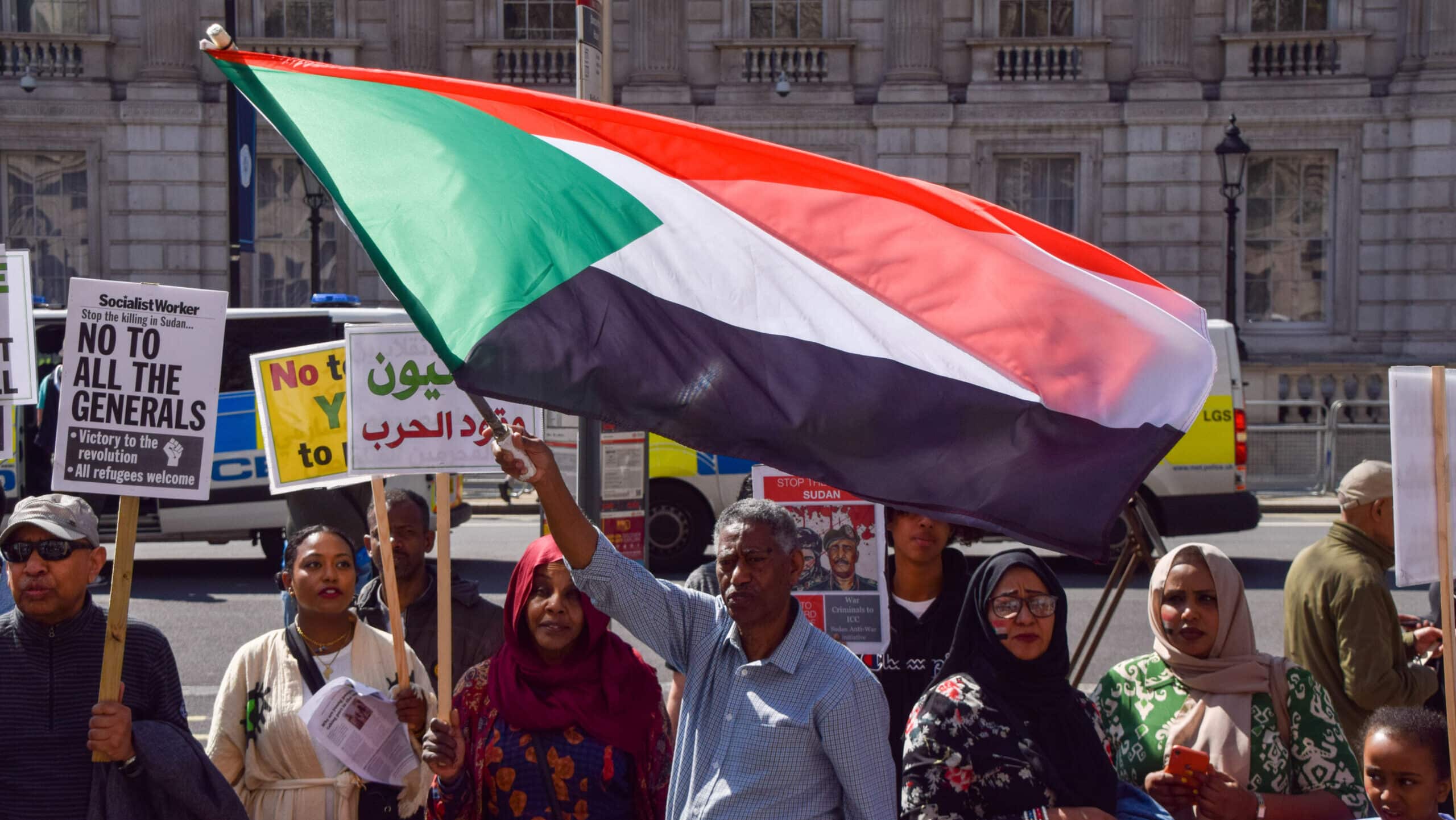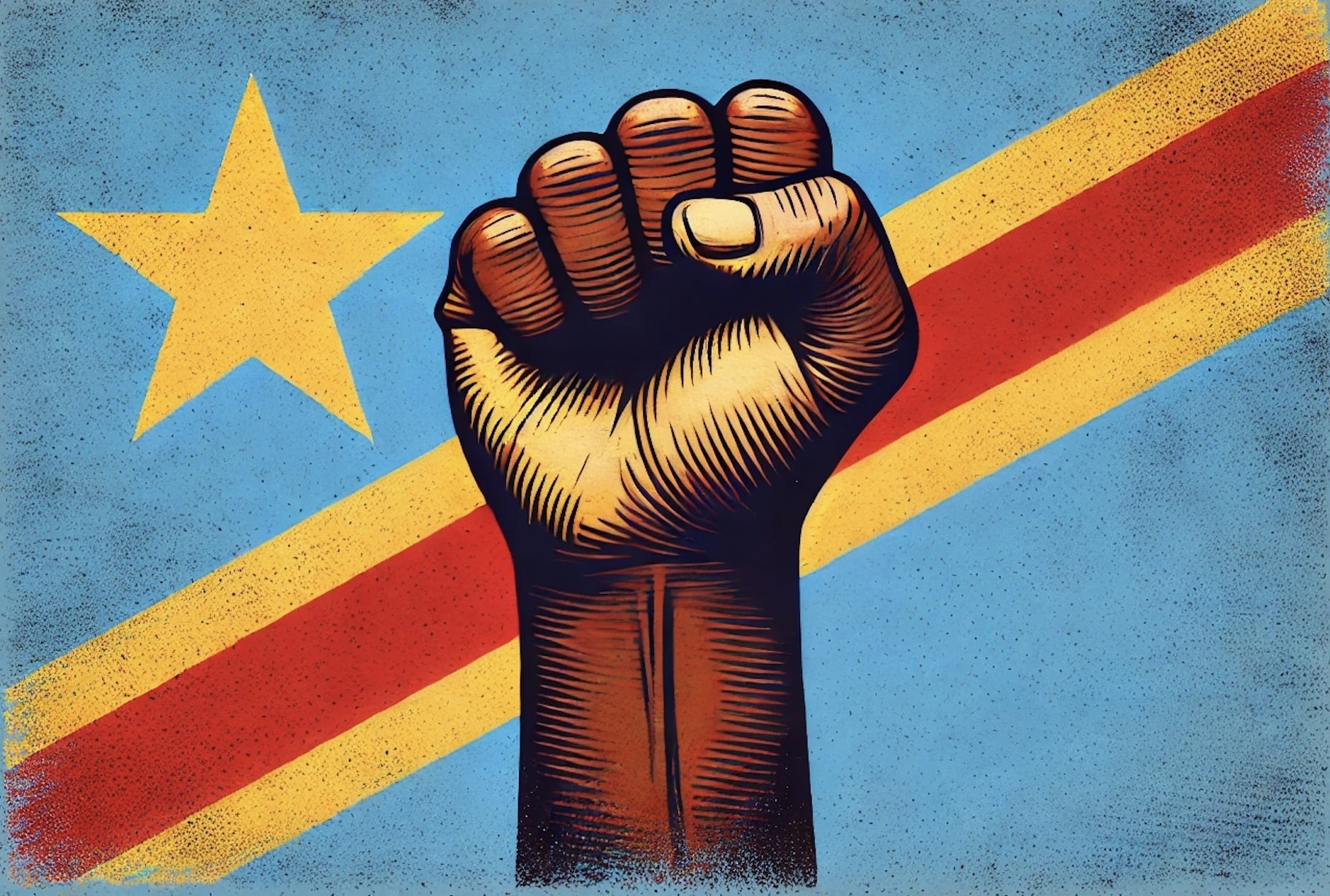“Migration is the movement of a person or a group of persons, either across an international border or within a state. It is a population movement, encompassing any kind of movement of people, whatever its length, composition and causes; it includes migration of refugees, displaced persons, economic migrants, and persons moving for other purposes, including family reunification” (IOM definition).
When we speak about migration, we often talk about refugees and migrants at the same time. But what are the differences? And what is migration exactly? Migration is a very complex and multifaceted phenomenon. The words ‘migration’ and ‘migrants’ are collective terms which include many variations such as; refugees, labour migrants, forced migrants, displaced persons, to name a few.
It is very difficult to distinguish between the different forms of migration. Because people migrate out of different motivations and causes, but use the same routes and even travel together in the same groups. So when we speak about migration we actually speak about mixed migration; referring to cross-border movements of people including refugees fleeing persecution and conflict, victims of trafficking, and people seeking better lives and opportunities.
Permanent or temporary settlement?
People can migrate to find permanent settlement, but also temporary: where they spend a period of their lives outside of their country of origin. For migrants, their journey rarely consists of this movement from point (A) their country of origin to point (B) the country of destination, which often presumed by many. Before arriving in a country of destination, migrants have made long journeys with many stops, often taking a couple of years.. It is also very common that the initial country of destination changes throughout the journey. The same is true for migrant’s status; people can for example migrate to Libya as economic migrants, but then flee from Libya to Europe.
International agreements
Let us take a closer look at the differences between refugees and migrants. Refugees are a very specific group of migrants. This group of migrants has distinguished rights and protection that are enshrined in international law and conventions (For instance, The 1951 refugee convention). For migration, in general, such agreements do not yet exist.
However, after the large movements of refugees and migrants in 2015, the United Nations held an event that marked the start of the development of two global compacts; one for Safe, Orderly and Regular Migration, and one on Refugees. The global compact on Migration is the first internationally negotiated agreement to define a collective commitment to improve cooperation on international migration. On 10 and 11 December 2018, the International Conference took place to Adopt the global compact in Marrakesh, Morocco. During the conference, 164 countries, including the Netherlands, have approved the much-discussed Migration Pact.
Terminology is not neutral
The words we use to speak about migration have a significant influence on how we value or dehumanise the people we talk about. As mentioned above, for migration we use a lot of different terms and synonyms that all have different implications for the way we perceive migrants. The Correspondent and OneWorld (two Dutch journalistic forums) have published relevant articles about the underlying implication of terms, and why they refuse to use certain terms.
When we speak about illegal migration we criminalise migration as such. Why do we speak in certain cases about expats and it other cases about migrants? In fact, these are the same people, only they are judged differently. The terms we use are important as it can dehumanises or criminalises people.
Using terms such as regular and irregular migration has implications for the way we perceive migrants. Regular migrants leave their country of origin after having obtained a visa or permit of the country of destination, like expats. The process of getting a visa can take up to a few years. Irregular migration takes form outside of the regular norms of sending, transit and receiving countries. From the perspective of the receiving country these people stay or work in a country without having the necessary authorisation or documents required under immigration regulations. This implicates forms of illegality without mentioning it. People themselves cannot be illegal, only their actions can be.
Different perspectives on migration
One of the main narratives regarding migration nowadays is that it is something harmful which needs to be fixed by the implementation of policies that control and reduce migration. This is a very western perspective, where migration is seen as threat bringing instability, security risks and competition to labour markets, as well as a threat to socio-cultural stability and social cohesion.
On the other hand, in this, mostly western, discussion a different narrative exists that sees migration as a source for development for both country of destination and origin. Where increased (labour) mobility is a driving force for development in destination countries with ageing populations and labour shortages. At the same time, the remittances send back to countries of origin, as well as gained experiences by migrants, contribute to the development of these countries. For this to work migration needs to be well governed and facilitated, to maximise and distribute long-term benefits for the countries of origin and/or destination, while minimising the potential negative aspects.
Migration should not be seen solely in political terms as migration is dynamic and happens as part of societal change. Migration will not disappear when inequalities are resolved, it will just take other forms. We should, therefore, find ways in which migration could take place under good conditions, safe and orderly, where migrants are seen as equal humans instead of nameless numbers and flows.
Photo: Maurice Weiss





